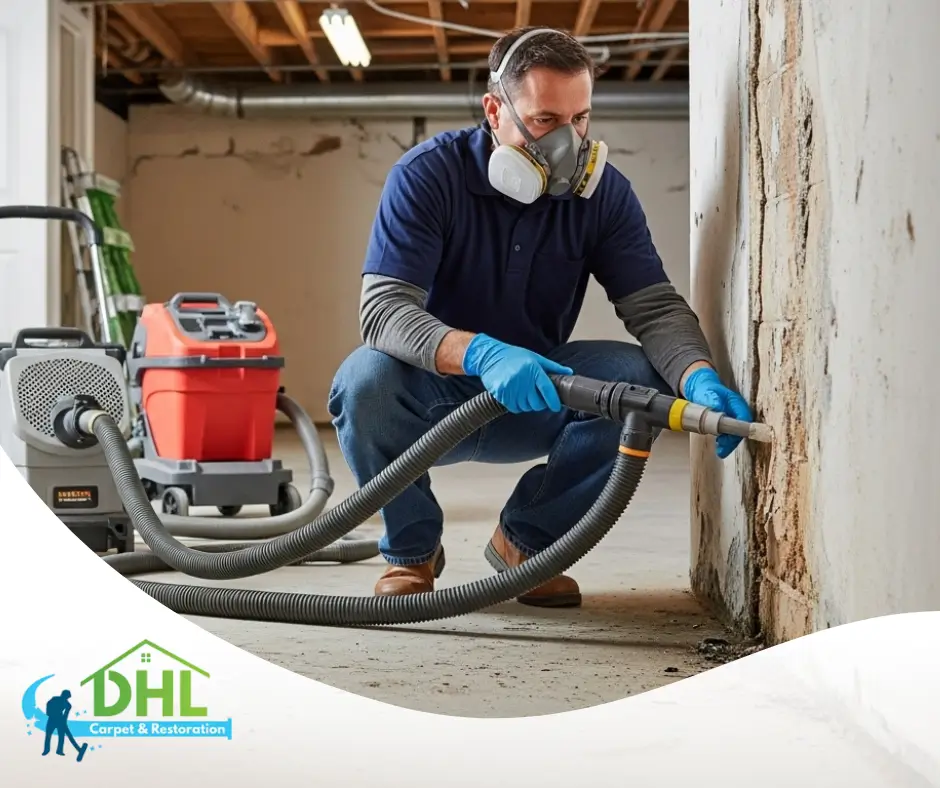Mold is more than just an eyesore—it’s a health hazard that can silently spread throughout your home. From musty odors to visible black spots on walls or ceilings, mold often signals deeper moisture issues. That’s where Mold Remediation comes into play. This process goes beyond simple cleaning by removing mold at its source, addressing the moisture that caused it, and restoring your indoor environment to a safe, healthy state.
What Is Mold Remediation?
Mold remediation refers to the comprehensive process of identifying, containing, cleaning, and preventing mold growth in a home or building. Unlike basic mold removal, which may only address the surface, remediation focuses on eliminating the root cause—typically excess moisture from leaks, humidity, or water damage. The goal is to stop mold at its source and prevent it from returning.
How Mold Affects Your Home and Health
Mold spores are everywhere in the air, but when they land on a damp surface, they can multiply quickly. Common indoor molds include black mold (Stachybotrys), which can produce allergens, irritants, and even mycotoxins. Left untreated, mold can damage drywall, flooring, and wood structures. More importantly, it can affect your health—causing respiratory issues, allergy symptoms, skin irritation, and more.
This is why timely and effective Mold Remediation is essential. It restores not just your property, but also the air quality and overall well-being of your household.
Signs You May Need Mold Remediation
Recognizing early signs of mold can help you take action before it spreads:
- Musty or earthy odors, especially in enclosed areas
- Discoloration or dark patches on walls, ceilings, or floors
- Visible mold growth around windows, under sinks, or near HVAC units
- Worsening allergy or respiratory symptoms indoors
- Recent water damage or high indoor humidity
If any of these signs are present, it’s time to consider a professional mold inspection and removal service to prevent further damage.
The Mold Remediation Process Step-by-Step
Here’s what typically happens during a mold remediation service:
- Inspection and Assessment: Professionals identify the extent of mold growth and the moisture source behind it.
- Containment: The affected area is sealed off to prevent the spread of spores during cleanup.
- Air Filtration: HEPA filters are used to clean the air and capture airborne mold spores.
- Removal of Contaminated Materials: Mold-infested materials like drywall or insulation are safely removed if necessary.
- Cleaning and Sanitizing: Non-porous surfaces are thoroughly cleaned, and antimicrobial treatments may be applied.
- Moisture Control: The source of moisture is addressed to prevent mold from returning.
This thorough approach ensures that your home is not only mold-free, but also safe and stable for the future.
Preventing Future Mold Growth
After successful Mold Remediation, it’s essential to keep humidity in check. Use dehumidifiers in damp areas, maintain proper ventilation, and address leaks immediately. Regular inspections can also catch problems before they become costly.
Final Thoughts
Mold may be a common problem, but it should never be ignored. Left untreated, it can cause lasting damage to your property and put your health at risk. Professional mold removal services are designed to tackle the issue at its core—ensuring that your space is not only clean but truly safe. If you suspect mold in your home, don’t wait. Trust in thorough Mold Remediation to protect what matters most.

